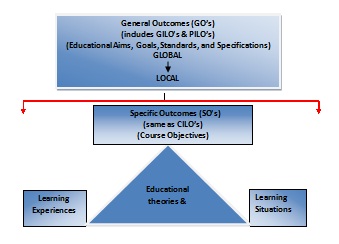Creating sperm or egg cells in the laboratory has been tried several times in the past few years. The reasons for this range from a better understanding of the fundamentals of the reproductive process, to helping infertile couples with their child-wish. The attempts, using embryonic stem cells, however, did not yield viable germ cells.
Until now.
A research team at Kyoto University has succeeded in turning mouse embryonic stem cells into viable sperm precursor cells. The resulting sperm cells was subsequently used to give birth to healthy, normal cute little mice (see figure 1).

Figure 1: Mouse pups born from sperm cells that were derived from embryonic stem cells.
(Source: Saitou, M.)
Previous attempts focused on the creation of epiblast stem cells from regular epiblast (see figure 2) cells in a mouse embryo. The epiblast stem cells were further cultured in a dish, in the hope that they could give rise to primordial germ cells and, eventually, sperm cells. Despite numerous attempts, however, no research group succeeded with this approach.

Figure 2: Mouse embryo of 4.5 days old.
(Source: Arnold, S.J. and Robertson, E.J. (2009). Making a commitment:cell lineage allocation and axis patterning in the early mouse embryo. Nature Reviews Molecular Cell Biology. 10, pp. 90 - 103.)
So, a different approach was needed. The Kyoto group cultured embryonic stem cells in cocktails of growth-factors and proteins, which led to epiblast-like cells that could be used to generate primordial germ cells. These were implanted into testes of male mice, were they further matured into sperm cells that (after being removed again) were able to fertilize egg cells in vitro, which were subsequently implanted into surrogate mice mothers. This resulted in normal offspring, which, in turn was able to produce offspring again (see figure 3).

Figure 3: Approach used by Hayashi et al. (2011).
(Source: Cell)
It is hoped that this finding could eventually lead to treatments for male infertility. But before this happens, additional research is required to bridge the gap between mice and man.
Reference
Hayashi, K.; Ohta, H.; Kurimoto, K.; Aramaki, S. and Saitou, M. (2011). Reconstitution of the Mouse Germ Cell Specification Pathway in Culture by Pluripotent Stem Cells. Cell. August 4. Doi:10.1016/j.cell.2011.06.052.


